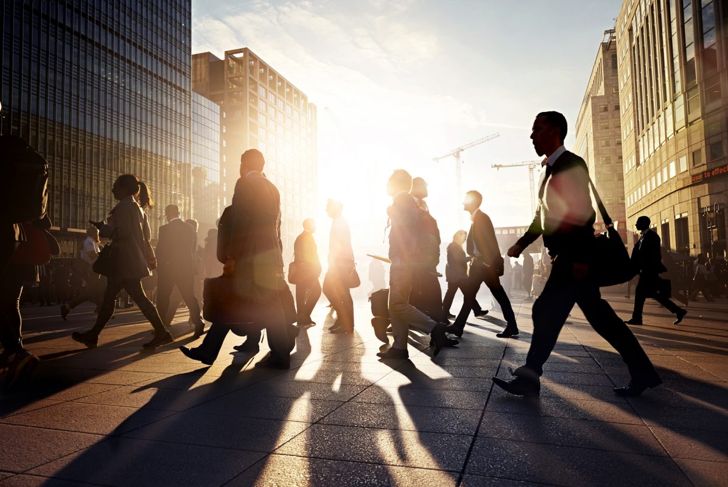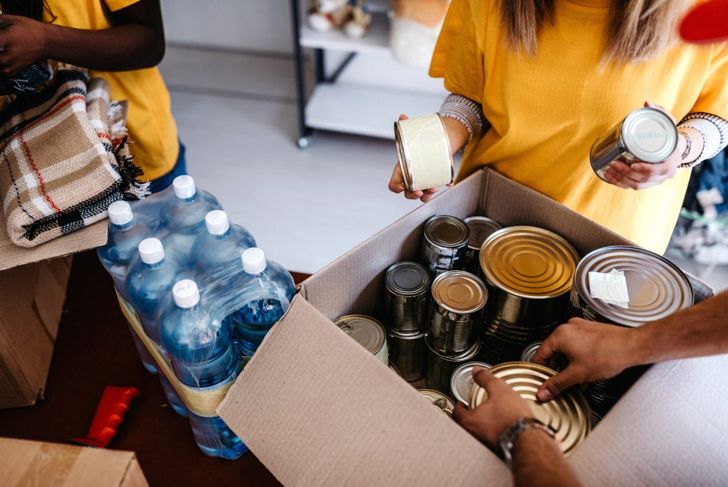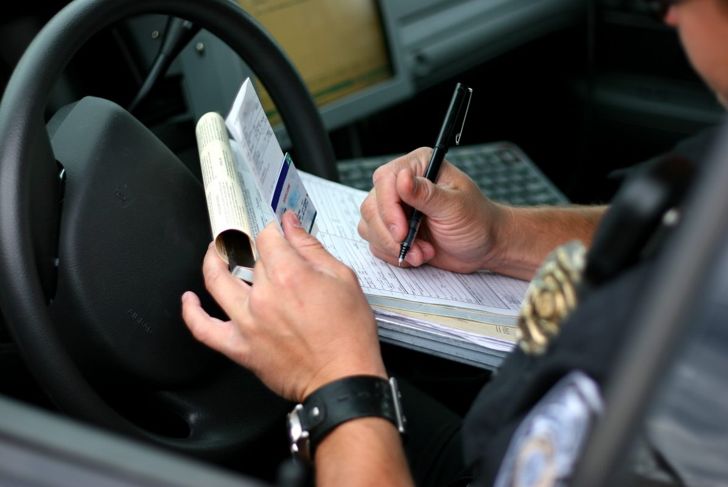At its core, a shelter-in-place order is relatively simple, with some notable exceptions. It is also significantly different in comparison to similar orders for emergencies like active shootings and major weather events. In some cases, there are heavy fines and other penalties for ignoring or breaking the shelter-in-place orders.
Shelter-in-place orders
Essentially, a shelter-in-place order means that citizens are to stay in their homes. Once it is safe, an official will rescind the order, and activities can resume as normal. People can leave only their homes for work and essential activities. Health experts advise everyone to use common sense before going out and recognize how their actions can put others at risk.
What are essential activities?
For a shelter-in-place order, the term “essential” refers to specific activities that everyone can continue to do. Usually, each area’s government has its own ideas of what qualifies as essential. Possibilities include:
- Tasks necessary for health and safety, such as visiting a doctor or picking up a prescription
- Purchasing necessary supplies such as pet food, groceries, and items that support staying at home
- Outdoor exercise, assuming each person practices six feet of social distancing
- Caring for family members in other locations
- Caring for individuals who cannot do so themselves
What jobs and businesses are considered essential?
Each location also recognizes certain businesses as essential and allows them to continue running even during a shelter-in-place order. These sometimes include:
- Health care, including home health employees
- Housing construction, public transport, garbage collection, and utility-related jobs
- Grocery stores, food banks, convenience stores, and similar businesses
- Gas stations
- Shelters and other organizations that assist at-risk and economically disadvantaged people
- Banks
- Any job that maintains the safety, sanitation, and essential operation of a home or business, such as plumbers or electricians
- Educational institutes
- Child care facilities
What does it prohibit?
In terms of what a person cannot do, the list is quite extensive and is dependent on the location. For example, one Bay Area shelter-in-place order prohibits going outside at all unless it is essential. This forbids walking, biking, taking a car, or any other form of travel. Most shelter-in-place orders ban public gatherings, even with social distancing. Businesses like restaurants can continue to provide drive-through or delivery services, but dining in is prohibited.
Is anyone exempt?
Only people who work for essential businesses or provide essential services may be exempt from a shelter-in-place order. Most orders don’t apply to homeless individuals as they often lack the resources necessary to follow the order. Some governments use stimulus bills to provide shelter for those who need it, but it is often difficult to do so. Homeless shelters and similar services continue to operate through shelter-in-place orders to help with this.
Why is this necessary?
Some people wonder why a shelter-in-place order is necessary. In the case of a virus outbreak, an order’s primary goal is to prevent the spread of disease. If people aren’t together, they can’t pass the disease on. There are also some additional benefits. Hospitals across the nation struggle to handle large-scale outbreaks, especially in major metropolitan areas. Shelter-in-place orders help limit how many people have the disease at a single time, allowing hospitals to better manage the influx of patients.
Are shelter-in-place orders different between locations?
Because emergency events affect every city and state in different ways, each location will have unique rules for shelter-in-place orders. For example, Ohio’s shelter-in-place order only allowed daycares to remain open if they obtained a special license. Other areas outright prevented older adults and people with immune system issues from traveling outside unless necessary.
How long does an order last?
Ultimately, there is no set definition of how long a shelter-in-place order lasts. Theoretically, it could last for months, though most have a set limit of a few weeks. This provides enough time for governments and hospitals to manage an event. Most people begin running low on supplies or become uncomfortable spending so much time in their homes within a few weeks.
Are there punishments for ignoring the order?
Different areas have varying punishments for defying a shelter-in-place order. However, in some locations, breaking the order is a misdemeanor punishable with a fine of up to $10,000. Imprisonment is also possible. Businesses are also not immune to punishment. Officials in certain states have threatened to shut off the utilities of non-essential businesses that try to remain open for the duration of the shelter-in-place order.
Where to find details
Citizens have a variety of ways to discover more about their areas’ shelter-in-place orders. Most state websites have this information and list hotlines during emergencies. Local Red Cross chapters also supply phone numbers that can provide more information. State and local health departments are easy to reach and can clarify any questions. Additionally, some government officials use social media like Twitter and Facebook to post updates and information for the general population.

 Home
Home Health
Health Diet & Nutrition
Diet & Nutrition Living Well
Living Well More
More




















